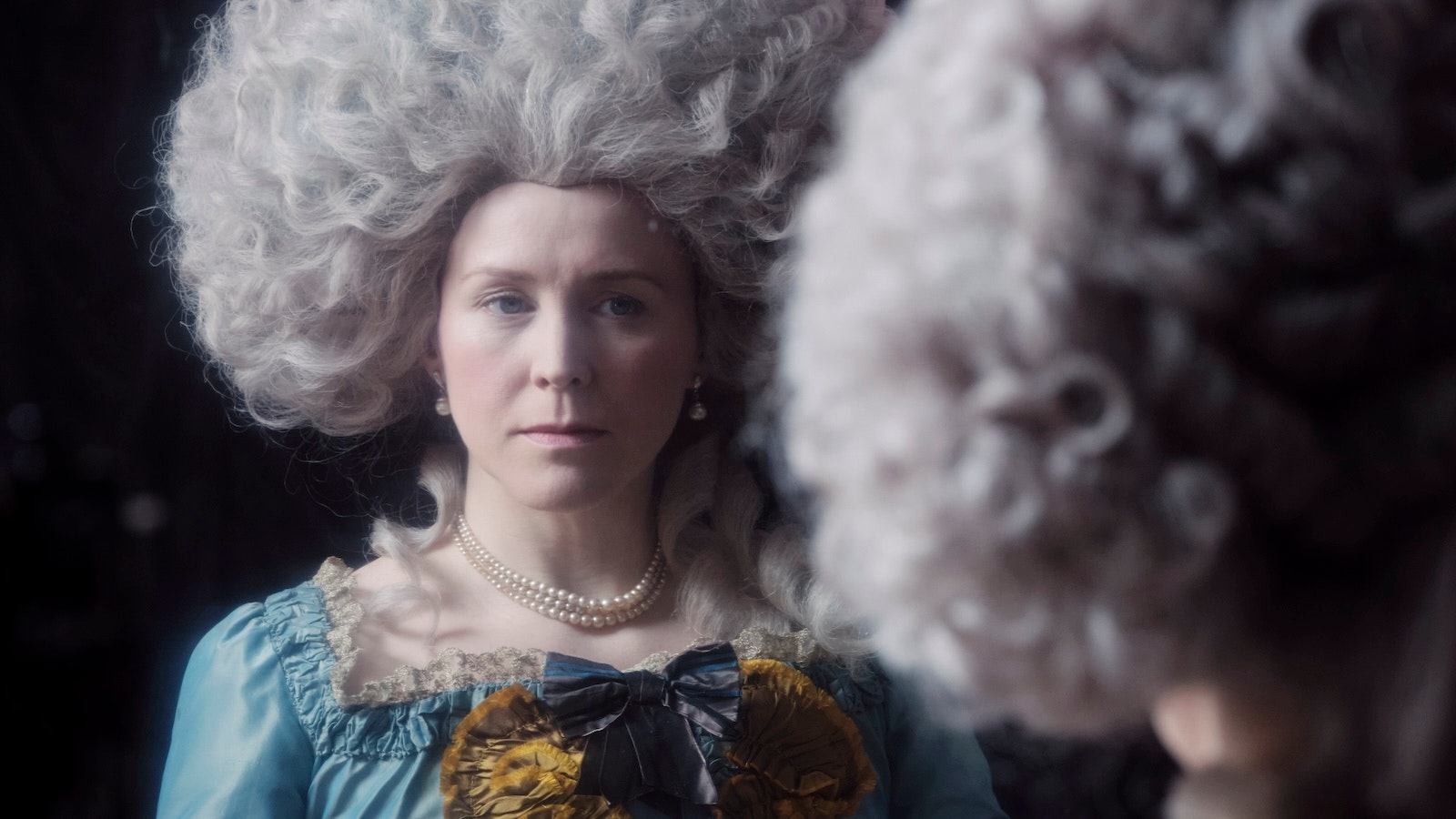Timestalker
A passion project in the works for eight years, Alice Lowe’s follow-up to...

A passion project in the works for eight years, Alice Lowe’s follow-up to Prevenge borrows from the likes of Terry Gilliam and Stanley Kubrick to tell a story about the obsessive pursuit of love, with a healthy side of schlocky gore. Lowe has long been something of a savant of the strange and macabre, from her breakout role in Garth Marenghi’s Darkplace onwards. But her imagination really runs wild here, leaping between centuries with aplomb, even if the jokes are disappointingly weak.

Bedecked in everything from an enormous Marie Antoinette-style periwig to the sheen
of a 1980s leotard, Lowe is the star, writer and director of this cheerfully bonkers film. Her hapless hero is Agnes, who we first meet in a Scottish village in 1688 as a spinster. When she attends the execution of a heretic (Aneurin Barnard), she is immediately enchanted by his brooding good looks. So enchanted that in that same moment, she also becomes convinced that they are destined to be together — and then manages to cleave her head open on an axe.
It’s the pinkest film since Barbie, peaking with Agnes’ extravagant heart-shaped wig.
But decapitation can’t keep a good stalker down. Lowe then transports us to an 18th century manor, where a new incarnation of Agnes — now living with a brutish husband (Nick Frost) — becomes enamoured with self-interested highwayman (Barnard again). She has unknowingly imprisoned herself in this infinite time-loop of delusion, disappointment and death, chasing after the same man, with jaunts in the Victorian era, the 1940s — and beyond — to come.
Timestalker excels in its affectionate homages. The first sequence in Scotland is very Witchfinder General with its village-square torture, and the blood that pours from Agnes’ head-wound is so vivid, it looks like it’s been saved from a Hammer horror set. The 18th century sequence, meanwhile, is as if Kubrick’s Barry Lyndon had been hijacked by Dario Argento: all candlelit elegance and vibrant coloured light. It’s certainly refreshing to see a filmmaker fully embrace bold colour. It’s the pinkest film since Barbie, peaking with Agnes’ extravagant heart-shaped wig.
Although there’s fun to be had in the whimsy and inventiveness, the comedy could have used some extra oomph. A sense of repetition inevitably creeps in after Agnes experiences a flash of recognition from a past or future self for the umpteenth time. The character herself is also too thinly drawn: her erotomania often exists more as a device to string together a collection of zany comedy sketches rather than as an intense emotional experience. And yet, for these faults, Timestalker is a genuinely unique expression of colour and imagination, one that could only come from inside its creator’s head.
What's Your Reaction?























